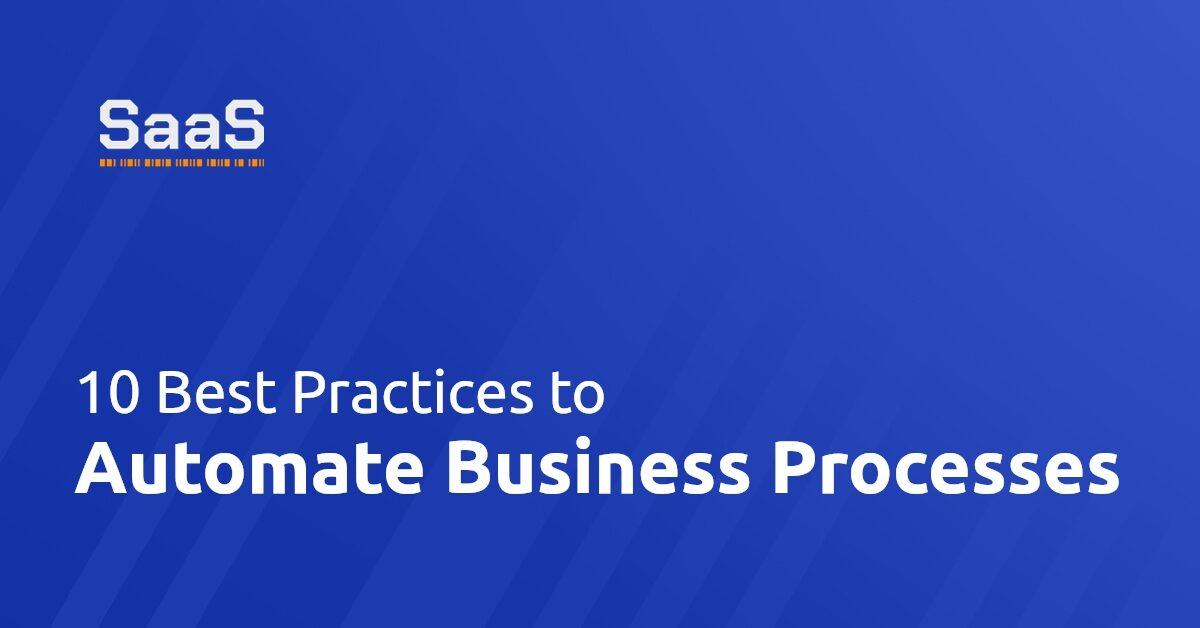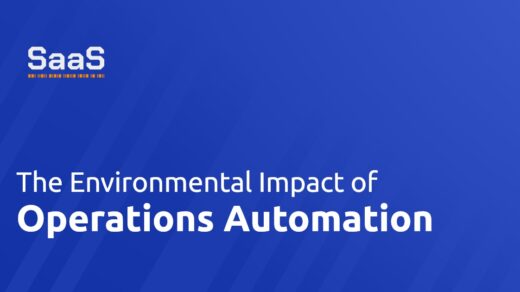How to Automate Business Processes Effectively
Business process automation (BPA) can elevate any business to new heights of efficiency, accuracy, and productivity. Nevertheless, the first step involves identifying repetitive and time-consuming tasks that are ripe for automation. These could be any task, like invoice processing, data entry, customer communication, to name a few.
The next crucial step in automation is analyzing and mapping the current process. It helps visualize the entire workflow, making it easy to pinpoint where automation can improve efficiency.
Finally, ensure that every automated process is flexible and can adapt to changes in the future. It will help the company to stay ahead of the curve and maintain efficiency amidst evolving organizational goals.
Key Strategies for Streamlining Business Automation
The key to making business automation work for your company is by incorporating it into a broader digital transformation strategy. It's much more than just transferring tasks to a machine; it involves restructuring the entire workflow to deliver the best results.
Always strive for gradual and process-specific automation rather than an all-out transformation. It not only minimizes initial investment but also gives employees adequate time to adapt to changes.
Remember to prioritize staff training and support during the transition period. Automation, after all, is a tool that can deliver outstanding results when wielded effectively by the users, i.e., your employees.
Unleashing Efficiency: Top Tips for Process Automation
Choosing the right automation software that suits your business needs is essential. Consider resource availability, technical capability, and specific business requirements to choose the right automation tools.
Develop a metrics system to monitor the performance of an automated system. Refine and tweak the processes based on the feedback received from these performance metrics.
Encourage the involvement of your team in the automation process. They are the ones who handle daily operations and are privy to the inefficiencies that automation can resolve. Their inputs can lead to more practical and effective automation solutions.
Mastering Business Automation: Best Practices Revealed
Initiating business automation is only the beginning. Regular assessment and modifications will help you to keep the processes tuned to the constantly evolving business needs.
Involve not just the top management but employees across the organization in decision-making and ideation. Unleash the power of collective intelligence for a more dynamic automation strategy.
Finally, revisit your automation strategy at regular intervals to incorporate new technology advancements and trends. An updated automation approach will keep your business efficient, competitive, and future-ready.
In conclusion, automation serves as an invaluable tool for businesses aiming for streamlined operations and increased efficiency. By identifying suitable tasks, gradually implementing the automated systems, involving employees in the process, and consistently reviewing and refining activities can optimize the benefits of business process automation. This, in turn, can empower businesses to achieve their goals and objectives with superior efficiency and effectiveness.








